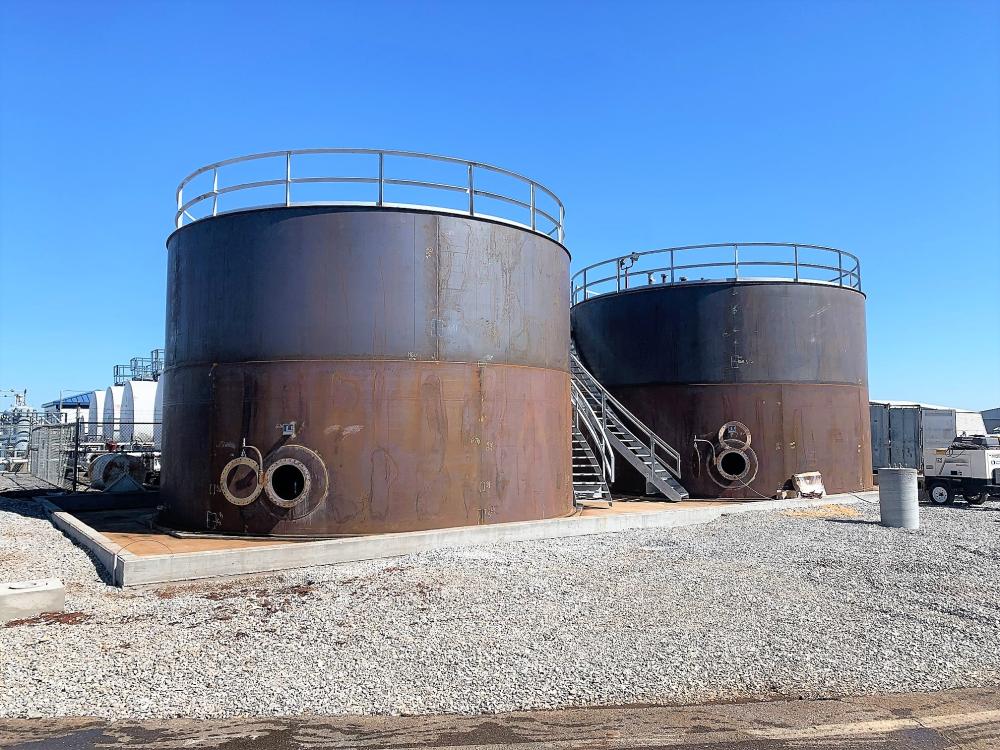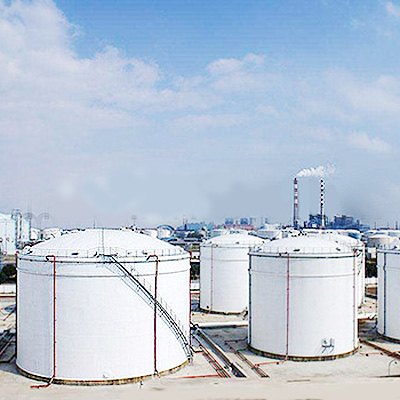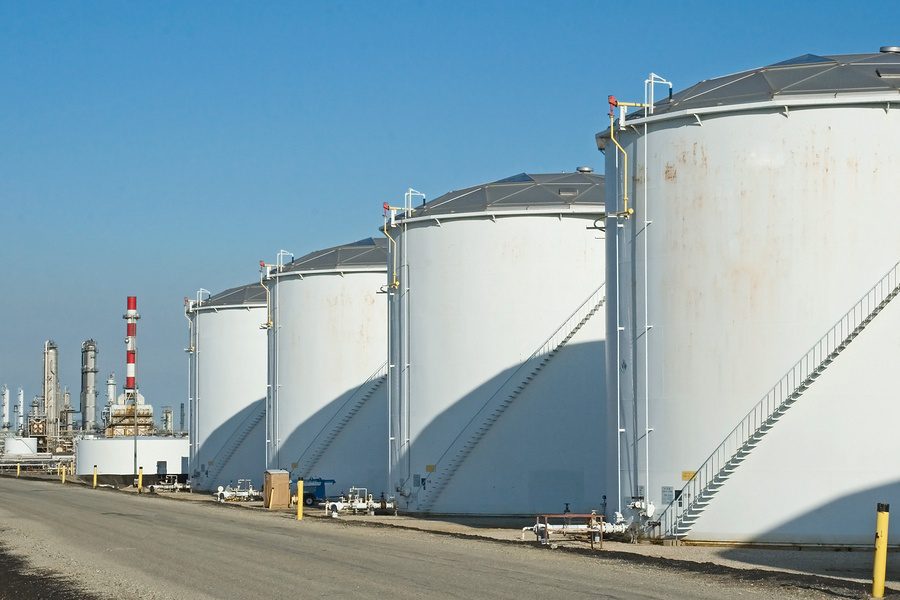A Detailed Take A Look At the Installment Process of Welding Inspection Techniques
Welding inspection is an important process that guarantees structural honesty and safety and security. The installment of examination techniques involves a number of systematic actions, each important to accomplishing reputable results. From planning and device option to performing non-destructive and aesthetic examinations, each stage demands cautious focus. Comprehending these treatments can considerably improve high quality assurance in welding jobs. What challenges develop in executing these techniques, and just how can they be efficiently addressed?
Comprehending the Relevance of Welding Inspection
Welding evaluation is an essential element of making sure structural stability and security in building and construction and manufacturing processes. This practice includes examining welded joints for problems, making certain that they meet certain criteria and regulations. By systematically assessing weld top quality, assessors can determine problems such as splits, voids, and insufficient fusion, which can endanger the toughness and resilience of frameworks.
The importance of welding assessment extends past instant safety and security worries; it assists avoid pricey failings and prospective threats in the lengthy term. Effective assessment techniques foster conformity with industry criteria, thereby boosting the overall integrity of bonded parts. Furthermore, a durable examination procedure adds to maintaining the credibility of builders and producers, as it guarantees clients of the high quality of their projects. Eventually, recognizing the relevance of welding assessment is important for promoting safe building practices and making certain the long life of vital facilities and products.
Picking the Right Devices for Inspection
When selecting the appropriate tools for examination, it is essential to consider the particular demands of the welding process and the products involved. Numerous assessment methods, such as aesthetic, ultrasonic, and radiographic testing, necessitate unique tools customized to their distinct demands. For aesthetic inspections, devices like magnifying glasses and calipers are crucial for assessing weld top quality. Ultrasonic screening needs customized equipment efficient in transferring and receiving audio waves to spot inner imperfections. Radiographic testing, on the various other hand, uses X-ray or gamma-ray resources along with delicate movie or electronic detectors to expose variances.
Additionally, individual protective devices (PPE) is important to assure the security of examiners throughout assessments. Picking the right devices not just enhances the accuracy of evaluations however also adds to the general stability and security of the welding task. A comprehensive understanding of available devices and their applications is imperative for reliable welding inspection.
Preparing for the Evaluation Process
Prior to launching the inspection process, it is crucial to develop a complete strategy that outlines the extent and purposes of the assessment. This plan should consist of certain requirements that define what comprises appropriate quality in the welding work being checked. Identifying the pertinent codes and criteria is vital, as they will lead the assessment criteria and methods.
Additionally, personnel associated with the inspection should be adequately trained and certified in welding inspection strategies to ensure integrity and precision. A checklist can be beneficial in organizing the various facets of the assessment, ranging from equipment preparedness to ecological problems that might impact the analysis.

Lastly, logistical factors to consider such as organizing, readily available sources, and communication between staff member need to be resolved. By preparing methodically, examiners can enhance the effectiveness of the examination and make sure that all crucial aspects are appropriately taken into consideration before proceeding with the inspection itself.
Carrying Out Visual Assessments

Performing aesthetic inspections is a crucial action in the welding inspection procedure, needing mindful preparation to ensure reliable examination. Examiners have to be acquainted with vital defect indications that can signify possible concerns in weld top quality. By concentrating on these elements, one can enhance the overall reliability of the examination results.
Planning For Visual Evaluation
Visual assessment acts as an essential primary step in the welding inspection process, assuring that any potential defects are recognized early (API 650 Welding Inspection). Appropriate prep work is necessary for effective aesthetic inspection. Inspectors must start by examining pertinent documentation, consisting of welding treatments and requirements, to recognize the project requirements. They need to collect essential tools, such as amplifying glasses, flashlights, and appropriate personal protective tools (PPE) A comprehensive exam of the assessment area is important; assessors should confirm it is clean and free of blockages. Furthermore, it is important to establish excellent lighting conditions to boost exposure of welds. By taking these primary actions, inspectors can develop a setting for recognizing disparities and ensuring the honesty of the welded structures
Key Defect Indicators
An extensive understanding of crucial flaw signs is necessary throughout visual evaluations to ensure the high quality and safety of welded joints. Inspectors ought to focus on details signs such as fractures, porosity, damages, and insufficient combination. Cracks may look like sharp lines and can endanger architectural stability. Porosity manifests as small openings that can deteriorate weld stamina. Undercuts, which are grooves along the weld edge, can lead to stress focus. Insufficient fusion shows that the weld steel did not correctly bond with the base material, causing a weak joint. By methodically identifying these problems, inspectors can identify conformity with industry criteria and improve the overall integrity of welded frameworks, eventually adding to more secure operational problems.
Carrying Out Non-Destructive Evaluating Strategies

Various non-destructive screening (NDT) methods are integral to ensuring the integrity of welded frameworks without jeopardizing their capability. These techniques permit inspectors to examine weld quality and find problems without creating damage to the materials being examined. Common NDT methods consist of ultrasonic screening, radiographic my website screening, magnetic fragment testing, and color penetrant screening. Each method serves a particular function, addressing different kinds of imperfections such as cracks, porosity, or insufficient blend.
Implementing NDT methods calls for a systematic method, beginning with picking the appropriate technique based upon the products and the nature of the weld. Educating employees in these methods is vital for accurate outcomes. Furthermore, establishing clear procedures and standards guarantees consistency throughout the assessment procedure. By incorporating NDT right into the welding inspection process, organizations can improve the integrity of their items while minimizing potential risks related to structural failures. This positive method eventually adds to preserving security and high quality requirements in bonded buildings.
Examining and recording Assessment Results
Efficient paperwork and analysis of inspection outcomes are essential parts of the welding examination procedure. Precise try this web-site records of inspection findings function as a referral for quality control and conformity with market requirements. API 650 Welding Inspection. Inspectors should make use of organized forms or digital systems to log details such as the sort of weld, evaluation methods used, and any kind of inconsistencies identified throughout the examination
When data is accumulated, extensive analysis is essential. This includes comparing outcomes against developed criteria to recognize patterns or reoccuring problems. Statistical devices might be utilized to quantify issues and evaluate their influence on general weld quality.
In addition, effective interaction of findings to appropriate stakeholders is vital. Reports and recaps should be clear and succinct, highlighting key understandings and referrals for restorative activities. By methodically documenting and assessing examination results, organizations can promote continual improvement in welding methods and boost item integrity.
Often Asked Concerns
What Credentials Are Needed to Become a Welding Examiner?
To end up being a welding assessor, one typically needs appropriate qualifications such as AWS CWI, in addition to experience in welding practices, knowledge of welding codes, and efficiency in assessment strategies to assure top quality and safety standards.
How Typically Should Welding Inspections Be Carried Out?
Welding examinations need to be conducted routinely, typically after each weld is completed, and regularly throughout tasks. Variables such as task intricacy, sector requirements, and regulative demands can influence the frequency of these evaluations.
What Is the Cost of Welding Inspection Services?
The cost of welding examination solutions differs significantly based upon factors such as task intricacy, size, and location. Normally, costs range from $100 to $150 per hour, with additional costs for specialized screening and certifications.
Are There Certifications for Welding Inspectors?
Yes, there are numerous accreditations for welding inspectors, consisting of those used by the American Welding Society (AWS) and the International Institute of Welding (IIW) These certifications assure examiners possess the essential abilities and knowledge for reliable examinations.

Exactly how Do I Pick an Assessment Company?
To choose an assessment solution company, one need to assess credentials, experience, market reputation, and client testimonials. Additionally, comparing solution offerings and rates can help ensure other the picked provider satisfies certain task needs efficiently.
Furthermore, employees involved in the evaluation needs to be appropriately trained and certified in welding assessment strategies to assure integrity and accuracy. Performing visual evaluations is a necessary action in the welding examination procedure, requiring careful preparation to guarantee effective assessment. Visual evaluation serves as an important very first action in the welding assessment procedure, ensuring that any type of prospective flaws are determined early. Efficient paperwork and analysis of evaluation outcomes are important parts of the welding assessment procedure. Welding inspections must be conducted routinely, generally after each weld is completed, and regularly during projects.